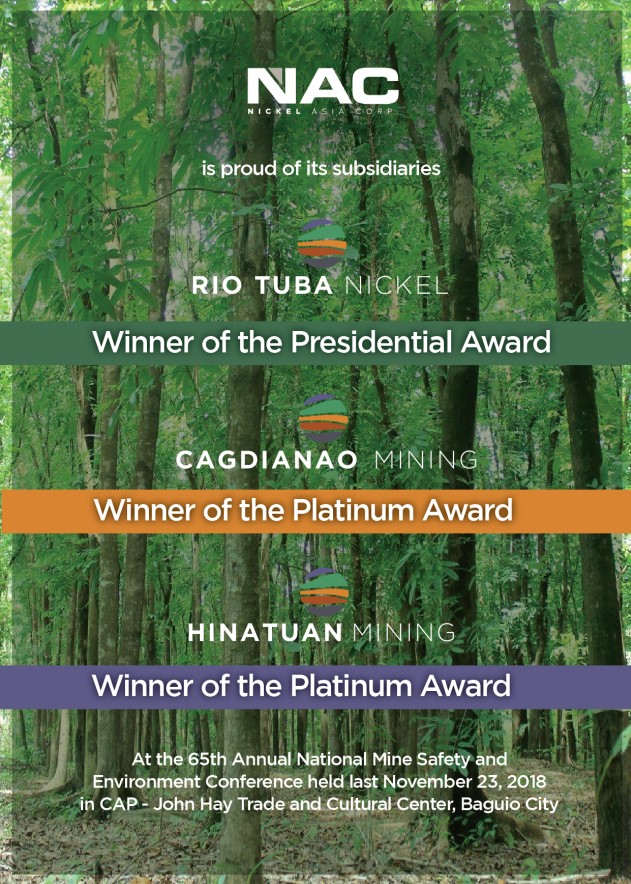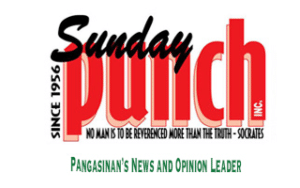Young Roots
Enriching the rich Pangasinan culture

By Johanne R. Macob
THE recent National Congress on our National Language held in our province left me with goosebumps.
First, it felt good seeing two of my respected professors from University of the Philippines (UP) Baguio: Dr. Jimmy Fong, chairman of College of Arts and Communication; and Dr. Purificacion Delima, College Dean, after more than three years, since my graduation. They are both Komisyon sa Wikang Filipino (KWF) commissioners and were presenters in the Congress.
Second, I’ve always felt proud and honored in interviewing Dr. Prospero De Vera, UP vice president for public affairs, who was a speaker in the event. Not only because he is a proud fellow Pangasinense, but he always has good news for our province. This time, Sir Popoy, as he is fondly called, told us about the upcoming meeting between UP and the provincial government of Pangasinan to iron out plans for the establishment of the Pangasinan Studies Center (PSC)
The PSC is one of the major activities agreed upon as a result of the Memorandum of Understanding (MOU), between UP and Pangasinan, for the preservation and promotion of Pangasinan language and culture.
The first task is to decide where the Studies Center should be located. Sir Popoy said while Pangasinan State University (PSU) and the Lyceum Northwestern University (LNU) have expressed willingness to host the Center, there is also the option to establish it inside the Capitol Complex and have a consortium of Pangasinan colleges and universities supporting it, with UP providing technical assistance. I think PSU shows a good potential as the university host of the PSC, considering it being a state university and its scope and its number of campuses and enrollees. On the one hand, though, we cannot do away from the “Duque factor” of the LNU. For the uninformed, Dr. Gonzalo Duque is the chairman of the Pangasinan Historical and Cultural Commission (PHCC). Enough said.
At this point, I personally could not but wish that there is a UP campus in Pangasinan, like there’s UP Baguio that houses the Cordillera Studies Center. Anyway, I hope our universities in Pangasinan will be truly committed to promote Pangasinan culture among its students. For one, I’ve wondered why don’t they have elective courses on Pangasinan language or history. I took up a General Education (GE) subject on the history of Cordilleran ethnic groups where I and my classmates were made to write articles after our classroom discussions and visits to the tribes. There was also an elective subject on Ilocano language. Through the years, many students have come forward with theses about the Cordilleran cultures, which the Cordilleran Studies Center developed over time.
The PSC can very well aid in the preservation and promotion of the Pangasinan culture but as Sir Popoy pointed out, local government units in all the towns as well as the schools must do their part. A strong foundation has been assured with the expertise of Pangasinan UP professors and the commitment of a supportive provincial government.
If Bulacan, Cebu, Pampanga, and Iloilo have made it happen, I’m sure we can all make PSC happen and even do better. We have not only produced the first-ever orthography book in the country, we even have our very own hymn. We have an annual competition on poetry and essay writing in Pangasinan. As my parents love to say, “Gawaen tayo’y kanepegan!”
Hail our rich Pangasinan culture that we can make even richer!
(For your comments and reactions, please email to: punch.sunday@gmail.com)






